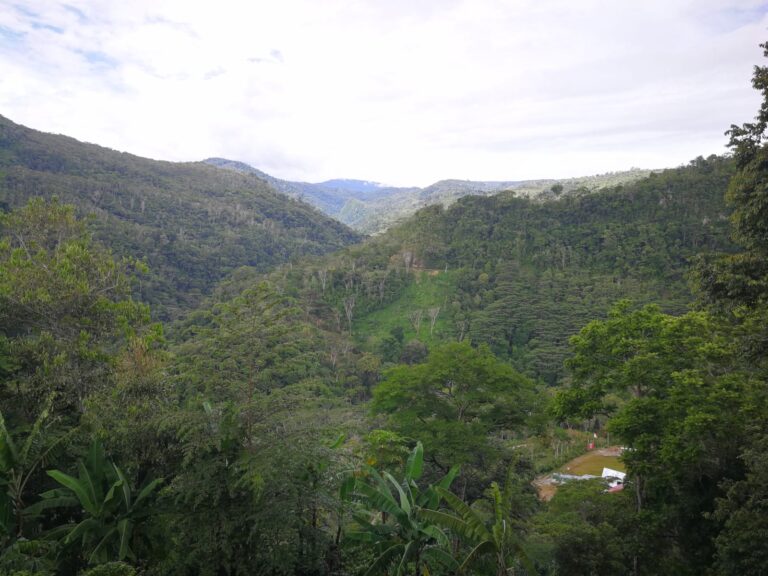The Ashaninka are the most numerous Indigenous people living in the rainforests of Peru and Brazil where they inhabit a crucial area between the Andes and sources of the Amazon River. And yet, despite the size of the population and their importance in the past and present, their genetic history has remained understudied.
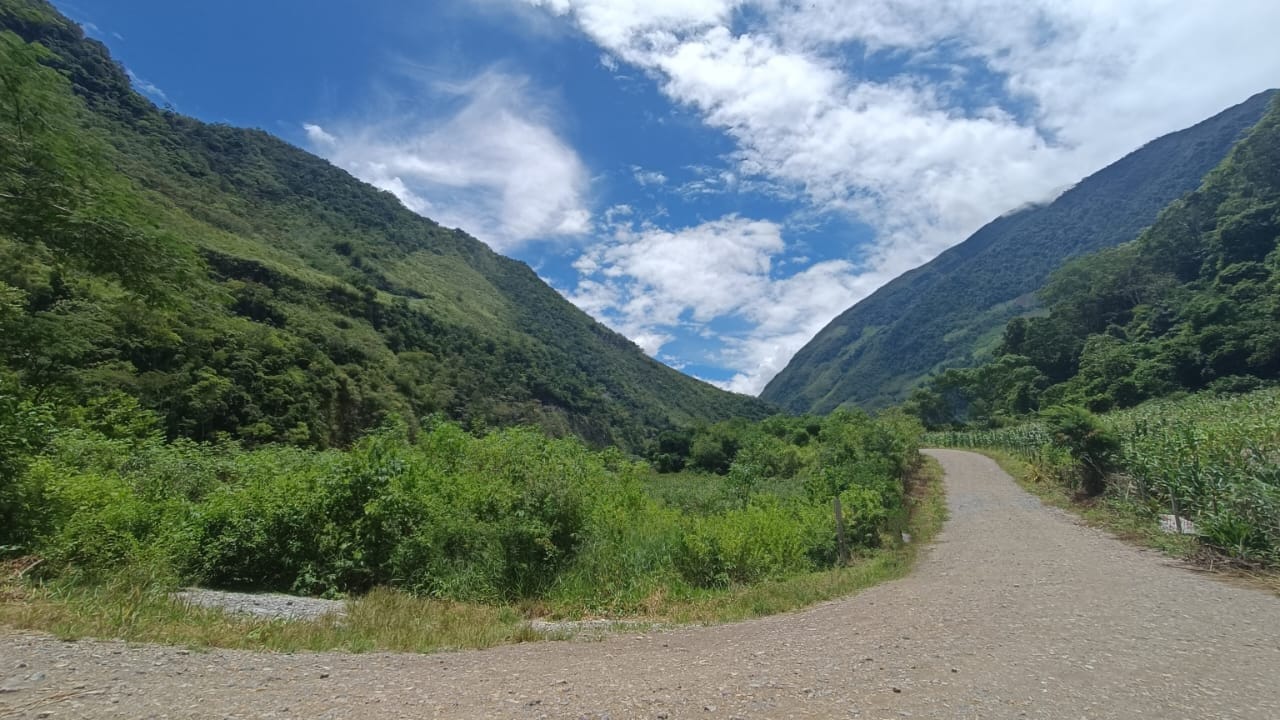
Now a team of researchers reporting in the journal Current Biology on March 16 has analyzed the genomes of more than 50 individuals to clarify the group’s interactions with nearby South American regions, including Central America and the Caribbean. Their findings show that the Ashaninka are not as homogeneous as had been reported previously. They also suggest that the Ashaninka, along with other Arawakan speaking groups, may be genetically linked to those who migrated from South America to the Caribbean islands leading to the transition from Archaic to Ceramic culture.
“We have identified at least two genetic subgroups that were differentially shaped by past interactions with populations living in the western side of the Andes and in the Peruvian Pacific coast,” said Marco Rosario Capodiferro of Trinity College Dublin. “Ashaninka show a high genetic proximity with other populations from Amazonian Peru and from the east side of the Andes, but their ancestral origins can probably be traced back to a migration from southeastern South America or even from the Southern Cone.”
The team led by Alessandro Achilli, from the University of Pavia, Italy, and Capodiferro set out to reconstruct the pre-European genetic history of the Americas. To clarify the genetic history of this population, they enlisted the help of local authorities and Indigenous peoples of Peru, including Peruvian co-authors with years of experience conducting genetic analyses. They also took advantage of DNA samples that had already been collected with the informed consent of all study participants.
Overall, they analyzed the genome-wide profiles of 51 Ashaninka individuals from Peruvian Amazonia, revealing an unexpected amount of underlying variation or diversity. In fact, the analysis showed that the group is not one but rather includes at least two genetically distinct Ashaninka subgroups.
The genetic data for the two newly uncovered groups shows that they have been differentially shaped over the course of time by the degree and timing of people coming in and mixing with them from other parts of South America. Those outside groups included other Indigenous people from the Andes and the Pacific coast. On a continental scale, the researchers report that the Ashaninka ancestors probably trace back to a south-north migration of Indigenous groups moving into the Amazonian rainforest from a southeastern area with contributions from the Southern Cone and the Atlantic coast.
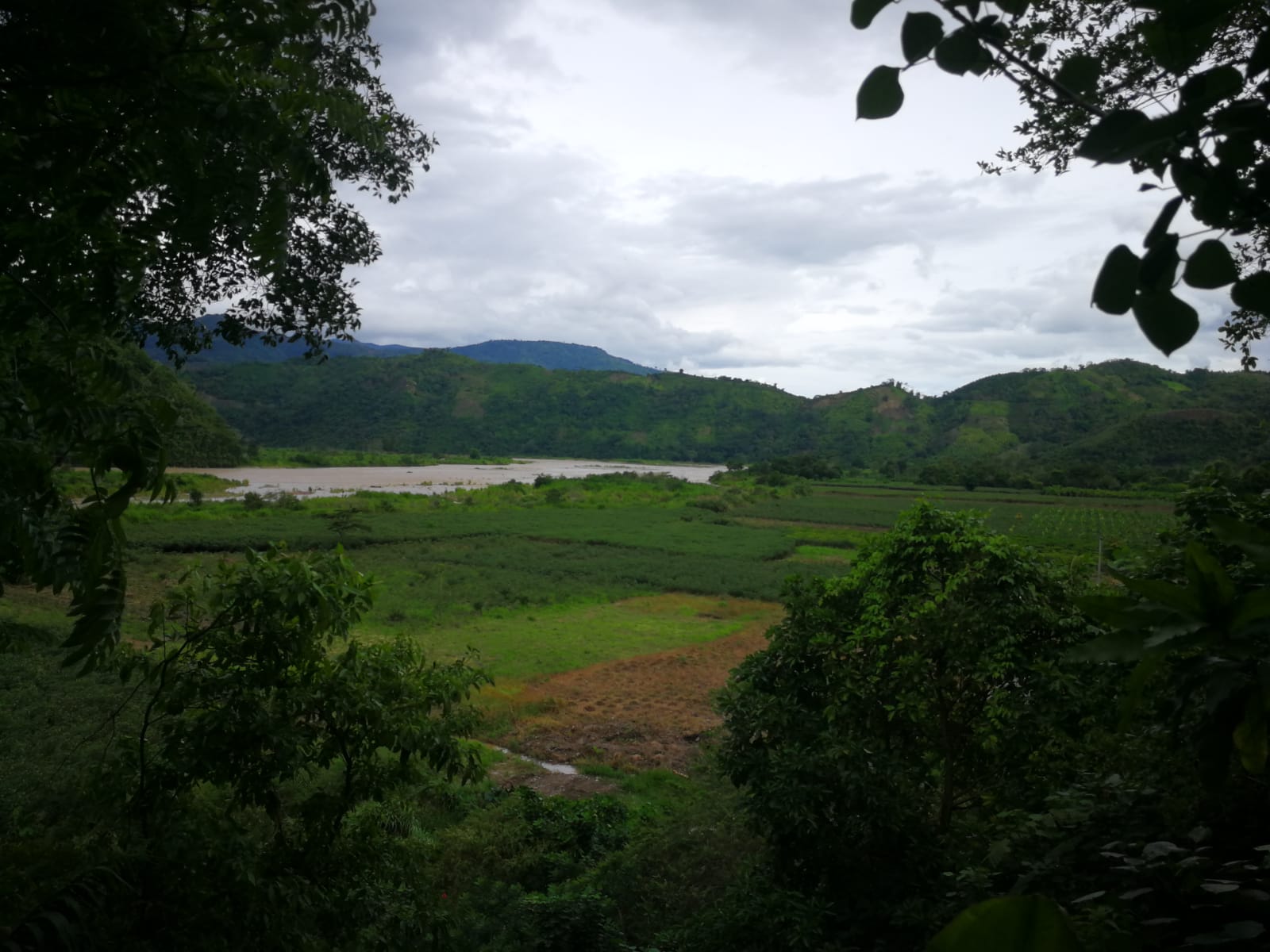
These ancestral populations subsequently diversified in the variegated geographic regions of interior South America, in the eastern side of the Andes, where they interacted in different ways with surrounding coastal groups. “In this complex scenario,” they say, “we also revealed strict connections between the ancestors of present-day Ashaninkas (from the Arawakan language family) and those Indigenous groups that moved further north into the Caribbean, contributing to the early Ceramic (Saladoid) tradition in the islands.”
“The high genetic variation within Ashaninka and their relations with neighboring populations surprised us more than other results; we expected a very homogeneous group, following events of isolation in their history, but instead we found genetic groups as a result of continuous interactions with neighboring populations, contradicting what already emerged in the literature,” Capodiferro says.
“The finding that left us most perplexed concerns the origin of the group, which would seem to derive from a migration of a population from the Southeast,” he says. “And this point will certainly be analyzed better by increasing the data resolution and adding the ancient individuals from the region.”
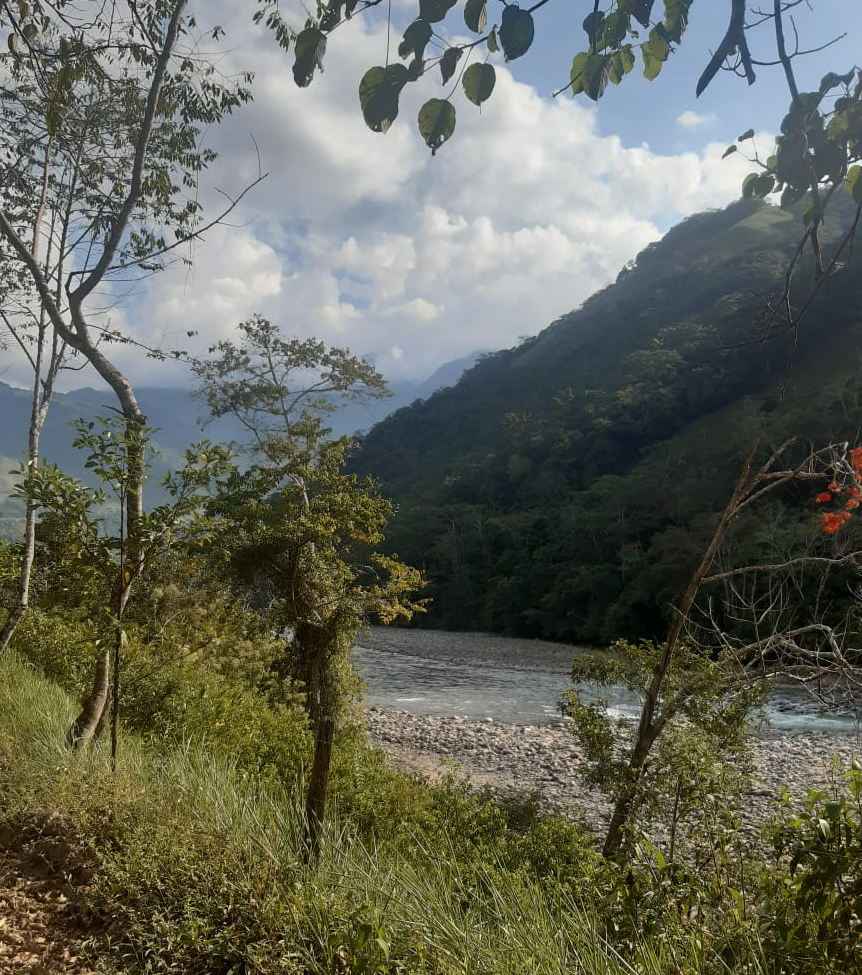
Capodiferro says the findings show how a microgeographic study, with a good representation of a specific Indigenous population that can highlight different facets that are impossible to identify when fewer individuals, and a macrogeographical approach are considered. While elucidating the history of this group, the findings also show that “there is still much to be discovered about Indigenous American groups,” with implications for the genetic history of South America more broadly.
“This research study was an international collaborative effort that brought together geneticists, archaeologists, linguistics, and anthropologists from Italy, Ireland, Peru, Brazil, Argentina, USA, Estonia, Germany, Switzerland, and Austria with the same objective of reconstructing what happened to the Indigenous people of the Americas before the European contact using DNA as principal tool,” Achilli said. “DNA has characteristics specific to each individual and can provide information on individuals’ ancestors, making it possible to reconstruct their histories by studying the DNA sequence in people living today.”
The researchers say that there is much more still to uncover about the genetic history of Indigenous Americans, especially in the Southern continent. In future work, they will explore the entire genomes of Ashaninka individuals together with other Indigenous groups. They will also make comparisons between present-day and ancient DNA from archeological sites in the area to further refine the region’s genetic history from the early Holocene through colonial times.
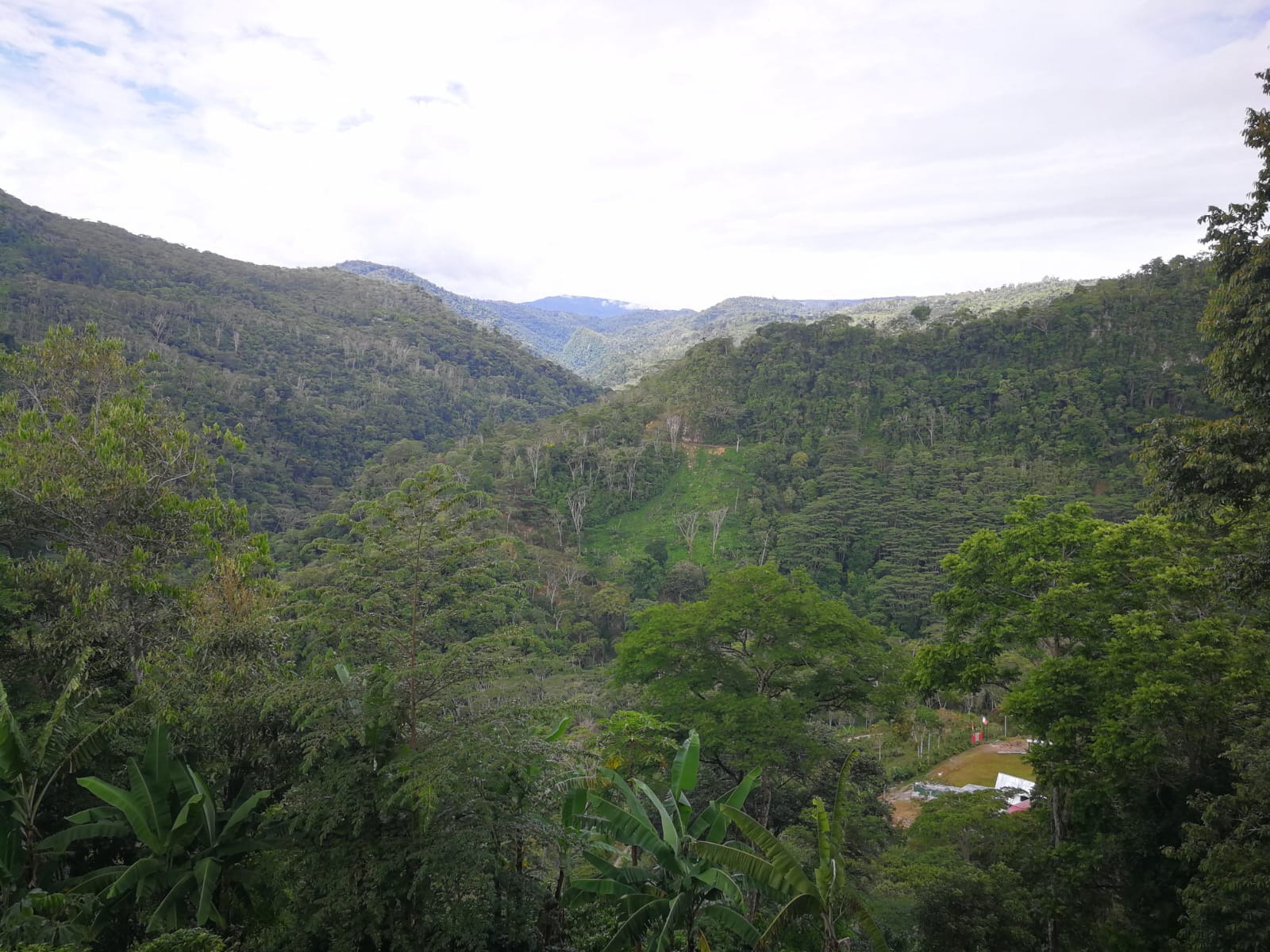
###
Current Biology, Capodiferro et al.: “The multifaceted genomic history of Ashaninka from Amazonian Peru” www.cell.com/current-biology/
DOI: http://dx.doi.org/10.1016/j.
Press release from Cell Press.

